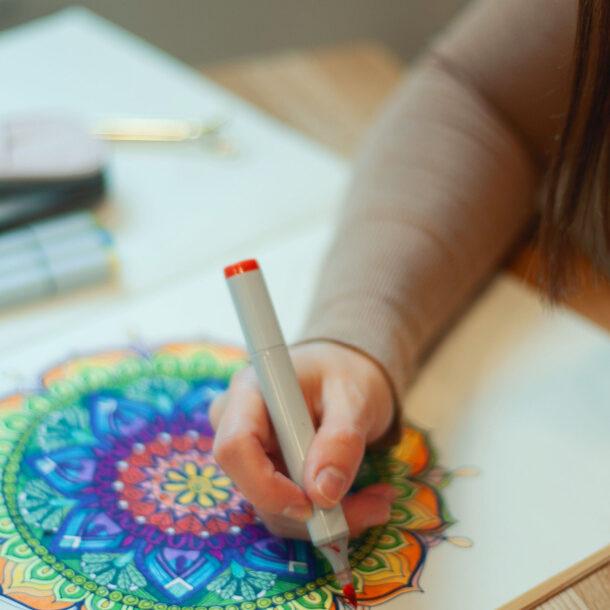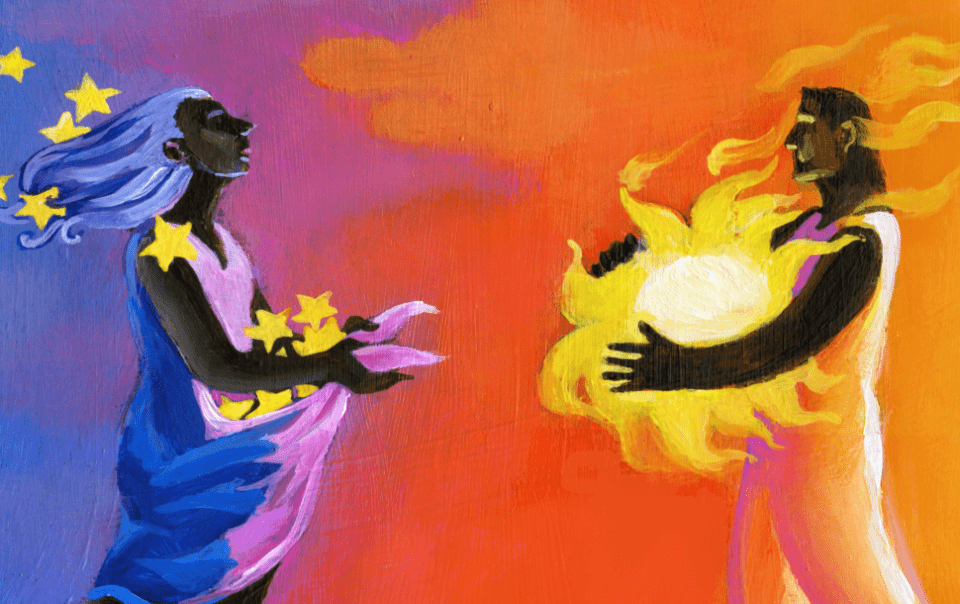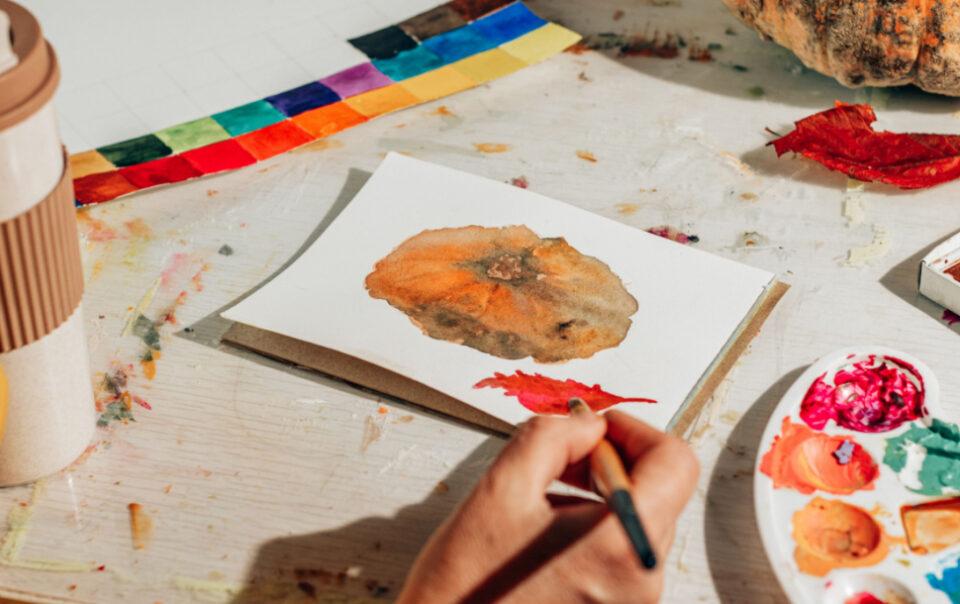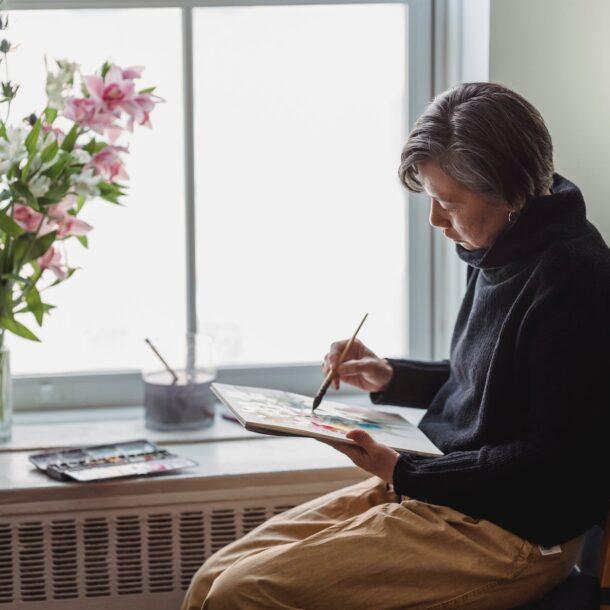
Tapping the Unconscious with Visual Journaling
Visual journaling is a powerful tool for self-expression and self-discovery. It involves using images and words to capture one’s thoughts, feelings, and experiences in a creative and personal way. While the benefits of journaling have been widely recognized, visual journaling goes a step further by tapping into the unconscious mind.
The unconscious mind is the part of our psyche that lies beneath the surface of our awareness. It contains our deepest fears, desires, and memories, many of which we may not even be aware of. Visual journaling can help us access the unconscious mind and uncover hidden insights, process difficult emotions, and discover new perspectives by accessing the unconscious mind.
One way that visual journaling taps into the unconscious mind is through the use of symbols. Symbols are powerful tools that can convey complex ideas and emotions in a simple and intuitive way. They are often deeply ingrained in our cultural and personal histories and can have different meanings for different people. When we use symbols in our visual journaling, we tap into the collective unconscious, a concept developed by psychologist Carl Jung that refers to the shared pool of symbols and archetypes that exist across cultures and time periods.
For example, a person might draw a snake in their journal without consciously knowing why. However, upon reflection, they may realize that the snake represents their fear of betrayal or their sense of being trapped in a difficult situation. By exploring the symbol’s meaning, they can gain insights into their psyche and develop a deeper understanding of themselves.
Another way that visual journaling taps into the unconscious mind is through imagery. When we create images in our journal, we access a part of our brain that differs from the part used for language and logic. This allows us to tap into our intuition, imagination, and creativity, which can lead to new insights and perspectives.
For example, a person might create a collage of images that represent their current emotional state. As they arrange the images on the page, they may notice patterns and connections they were unaware of before. They may see that certain images evoke strong emotions while others feel more neutral. By exploring the meaning behind these images, they can better understand their own emotional landscape.
Finally, visual journaling can tap into the unconscious mind through the act of creation itself. When we engage in a creative process, we access a state of flow where our conscious mind is focused on the task at hand, and our unconscious mind is free to wander. This can lead to new insights and connections that we might not be able to make through conscious thought alone.
For example, a person might start drawing in their journal without a clear idea of what they want to create. As they continue to draw, they may find that the image takes on a life of its own, evolving in unexpected ways. By allowing the image to unfold naturally, they may uncover hidden aspects of themselves that they were not aware of before.
Visual journaling is a powerful tool for tapping into the unconscious mind. By using symbols, imagery, and the act of creation, we can access deep insights and better understand ourselves. Visual journaling can be a valuable tool for personal growth and self-discovery, whether we are processing difficult emotions, exploring new perspectives, or simply expressing ourselves creatively.
Are you looking for more inspiration? Check out our online classes here.

Hi! I'm Terri Altschul
Visual Journaling is a soulful, transformational, and healing process. My aim is to support your journey of individuation and personal growth through this unique process of self-inquiry + art materials. I look forward to meeting you!
Join my email list for inspiration and soul guidance.
We are delighted to invite you on a journey of self-discovery, personal growth, and creative expression where transformational coaching and captivating visual journaling converge!






